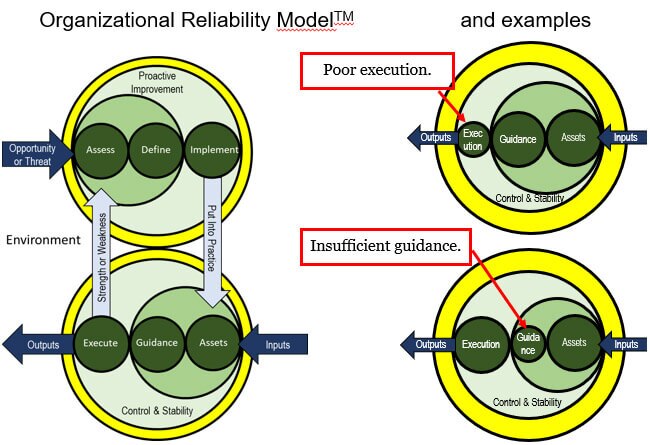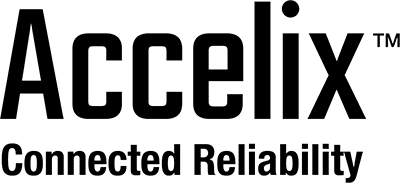Rethinking your approach to improving culture and performance
In presenting on leadership strategies to improve culture and performance among maintenance and reliability teams, leadership expert and consultant Tom Moriarty uses neuroscience to explain that successfully enacting change is often harder than people expect it to be.
Moriarty titled his Accelix Best Practice Webinar, “Productive leadership: How to create the culture and performance you envision.” He seeks to end the cycle of failure around change management by helping us better understand what’s required to successfully change behaviors within team leadership and culture.
About 70% of new initiatives fail, he says, and the root cause is invariably lack of accountability and leadership deficiencies. When we better understand behavioral science and apply it to team culture and management, success rates go up.
Throughout his presentation, Moriarty explains how the workings of the human brain predicate human behavior, from how we learn new things to whether we use those new skills or default to old ones. Here are some of his findings:
- Some 83% of our neural connections stemming from environmental experience (versus from birth), suggesting that most leaders are made, not born, via experience and training.
- Reasoning and deep thought consume great quantities of energy, driving us to create routines or habits that consume less energy.
- Short-term memories (including training and the addition of new skills and information) are unstable if they’re not extended by repetition to become long-term memories or routines.
- Old habits and routines are THE most persistent. People can and will revert to them whenever old habits offer better perceived outcomes than newer options.
Leaders with a better understanding of human behavior can build the right kind of “habits” in their team, but in Moriarty’s view, the onus falls on management to create a clear system of accountability. To maintain the right habits, he says leaders must:
- Define and provide what is needed to enable the right behaviors
- Consistently reinforce the right behaviors
- Frequently correct non-complying behaviors
In his presentation, Moriarty not only describes how to create the kind of culture that supports follow-through, he also presents an entire leadership model, called the “Organizational Reliability Model.” He calls it an “asset management system that assigns accountability.” In manufacturing, he says, successful teams must have:
- A culture of accountability
- A system that assigns accountability
- Individual leadership ability
In the Organizational Reliability Model, different layers of leadership are accountable for different degrees of (new) requirement creation, modification, and execution.
To create the right behaviors, we need direction, guidance, and assets. Watch the webinar, linked below, to get a more detailed explanation of how to use the model to assess accountability strengths and weaknesses.

Figure 1. The Organizational Reliability Model developed by Tom Moriarty charts how accountability should be defined and assigned across leadership levels for creating new requirements, modifying current requirements, or executing requirements.
From that first model, Moriarty digs a little deeper into a strategy he calls the “Productive Leadership Model.” Here, he diagrams how a leader, provided with direction and requirements, applying leadership roles, attributes and skills, through personal and position power, can influence others toward achieving goals.
Based on the behavioral way of thinking, what are the most important elements of a productive leader? he asks. How do you lead in a way that things done?
Moriarty further explains how these behavioral and leadership insights help build a more effective organizational reliability model. His bottom-line takeaways:
- Culture is about what most people DO most of the time, and behaviors are what people DO all the time.
- To create the right culture, we must define the right behaviors and then guide behaviors until they become habits.
- Productive leaders apply leadership roles, attributes, and skills to guide behaviors aligned with the guidance.
- Repetition of the right behaviors become the right habits.
- The right habits become the right culture!
To best understand how all of these concepts fold into a management system, listen to Moriarty’s complete presentation.
Moriarty is a frequent contributor on leadership issues to Plant Services magazine. Visit his website at www.alidade-mer.com to learn about his 2019 book, “The Productive Leadership System,” and for information about his articles and talks.






